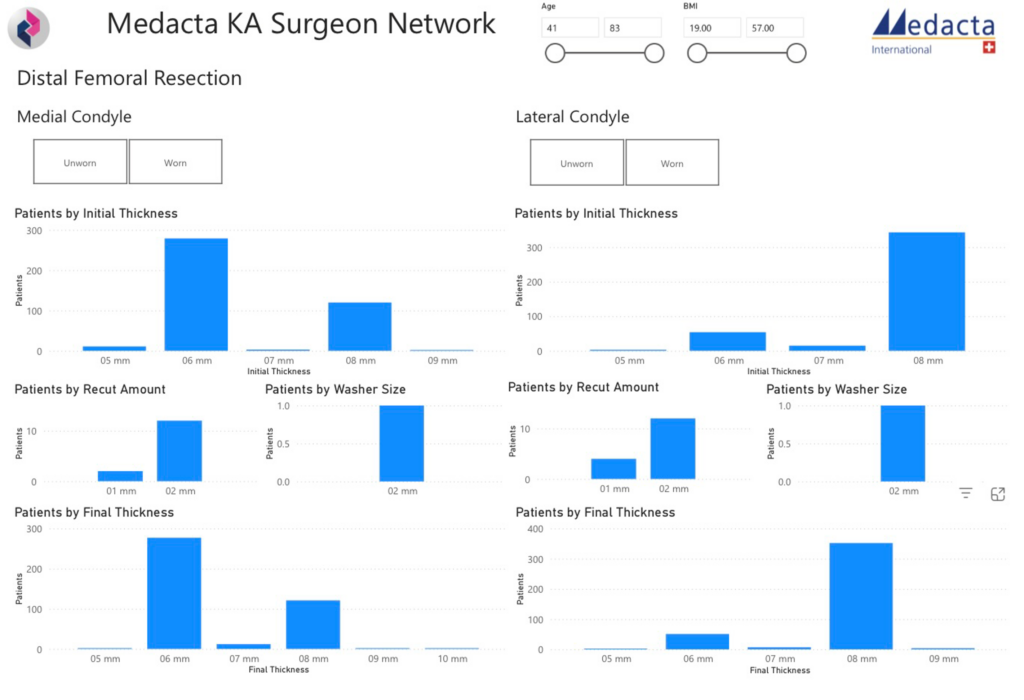Non-governmental organisations (NGO) are mostly associated with social or humanitarian work, including a range of worldwide groups focused on the health and wellbeing of populations on the fringe of national health services. All of these charitable groups, health NGO or not, face tough conditions, and rely on trained voluntary workers and monetary support as just two factors to carry out their respective causes. Add in healthcare’s notoriously tricky, cumbersome systems and advanced medical specialisms, and the job for these remarkable organisations is made evermore difficult.
Alongside the goodwill of generous donations, technological advancements are making exponential differences to ways in which healthcare NGOs can treat underserved patients, even in the globe’s more remote regions. When medical and resources are tight, operational innovation becomes key. But healthtech has even greater knock-on effects in transforming the ways volunteers, medical professionals and patients interact with each other throughout their clinical paths.
The unique problems for remote healthcare
Even the most trusted health systems in developed countries struggle with the pressures of growing populations and modern ailments. If you transfer these troubles to regions without skilled doctors, or even a hospital or small surgery, and healthcare NGOs’ importance is obvious. Like many NGOs, there’s a high level of cultural and social understanding they share with local communities, some of which may be less trusting in doctors, or feel there’s bias against those that can afford their treatment and those that can not.
A healthcare system should, in a perfect world, give equal quality of care to every patient and prioritise those most in need. Not all providers can achieve this in less economical places, however. NGOs in the space do excellent work in providing as much special care as they can and educate local staff that can build rapport with patients. But unlike non-health-related NGOs, there’s a problem in being able to provide regular health check-ups with the same doctors and nurses, and to cross-reference health records (if any) with existing systems. Despite providing a bridge between patients and access to healthcare materials, NGOs can face difficult relationships with these healthcare facilities already in place.
This is why grassroots health NGOs, with enough economic backing and government agency support at their areas of work, must aim to put training procedures in place to improve preventative healthcare solutions for patients until public or private providers can better serve their needs.
From access to tracked pathways
Accessibility is the first hurdle to anyone seeking healthcare, which NGOs strive to provide at the basic level. But their continued success relies on sustaining projects (even with the rising cost of training, delivery, and infrastructure). There’s no immediate magic wand to provide everyone with more stable and regular healthcare, yet through partnerships with research institutions and technological partners, a focused grouped effort goes some way in optimising the clinical paths that work best – without wasting medical resources or the valuable time of voluntary staff.
For one, technology is an outstanding educational tool. Through sharing audio and video training, it’s quicker to raise awareness about ailments, or to onboard local professionals or staff members that can learn the ins-and-outs of their specific roles for efficient procedural workflows at regional or pop-up surgeries. The same applies to support video calls between doctors and patients, where mobile or tablet is applicable, reducing queues of in-person appointments. WhatsApp is becoming an increasingly popular tool for reaching patients in remote areas, who are able to stay updated with doctors that can monitor their condition from wherever they are based.
When documentation is captured digitally, there’s consistency across care teams to track patient pathways – something we’ve experienced working with NGO Faith In Practice in Guatemala. This is why data is becoming such a key asset for remote health work; going beyond areas where paperwork is the only log for any health records, collecting real-time data on appointments or procedural notes is paramount to provide feedback, referrals, and to help each patient understand the next steps required. Ironing out these operations makes it more affordable to allocate fees to host clinics in remote areas, and helps account for only the materials needed with far less repeated manual labour, too.
A brighter future
Beyond this, data has the power to change healthcare systems outside of their individual surgeries. Collecting patient data builds up a reliable picture of the work of health NGOs’ in giving primary care, providing ample kudos to these services when they search for potential funding to better their healthcare programmes, a region’s infrastructure, or even to influence policymakers.
Maintaining health records provides better trust and communication between surgeries and patients for any pathway, no matter where they are in the world. Healthtech is certainly a cost-effective and vital lifeline to do just this, strengthening the great work health NGOs complete every hour, every day.


